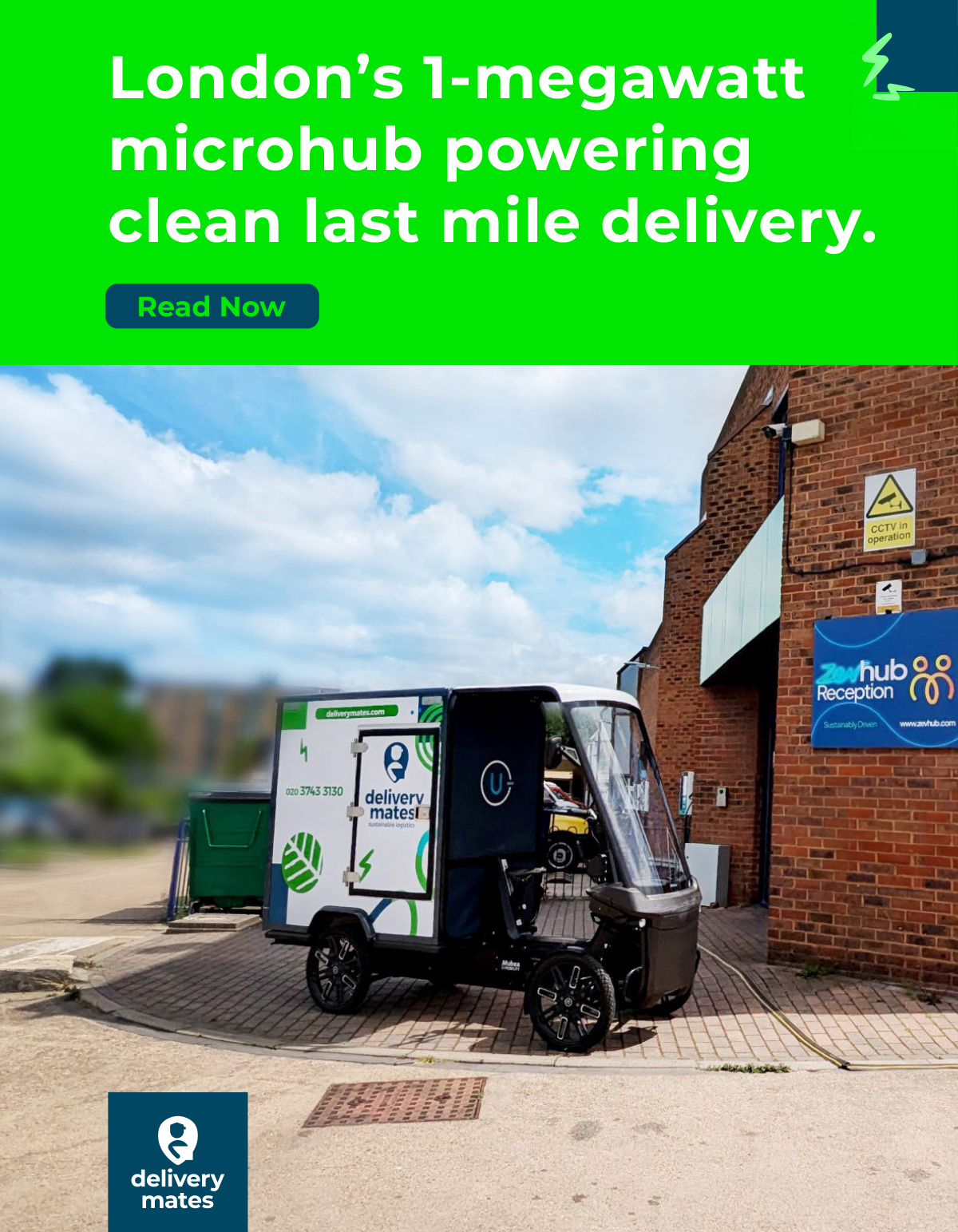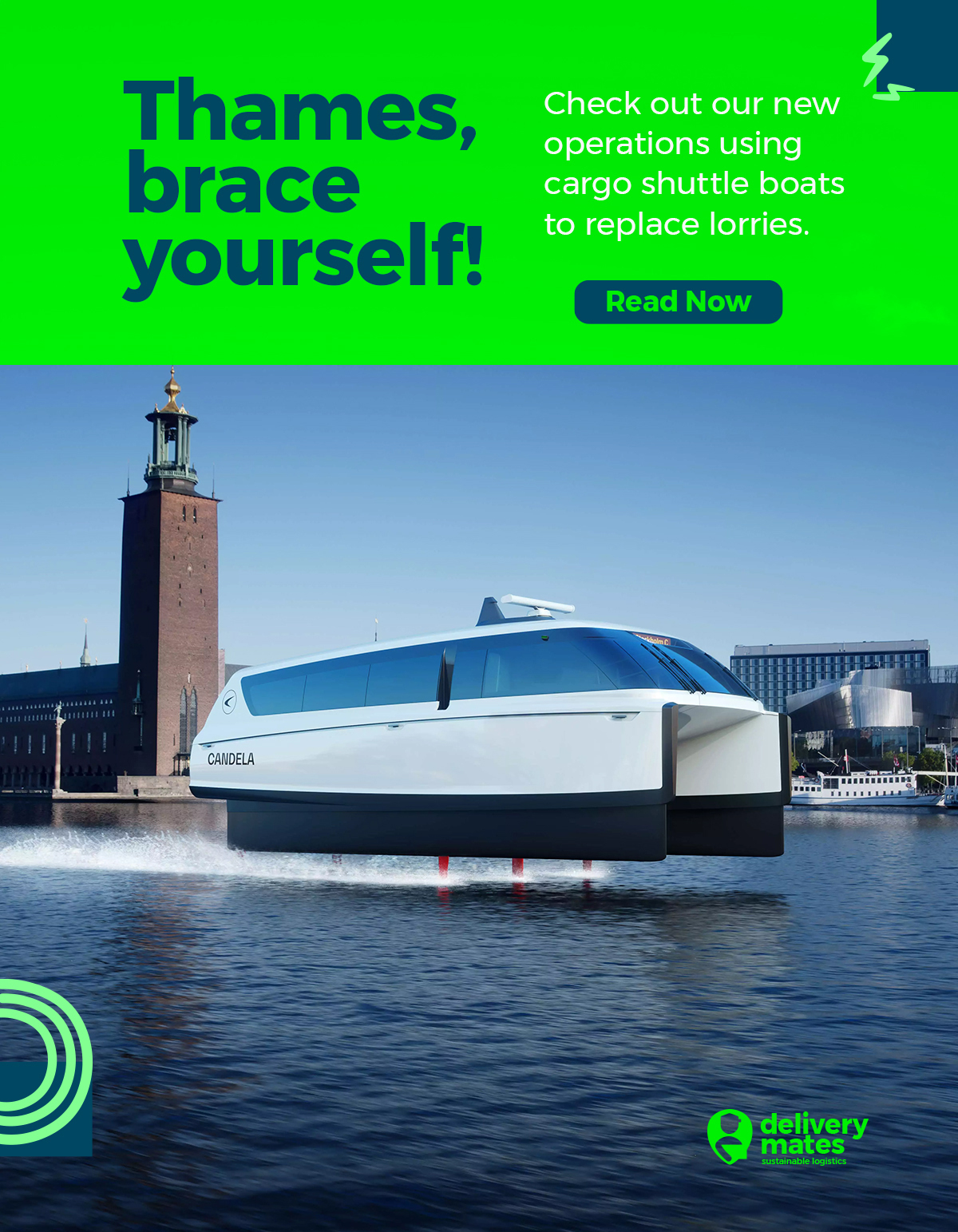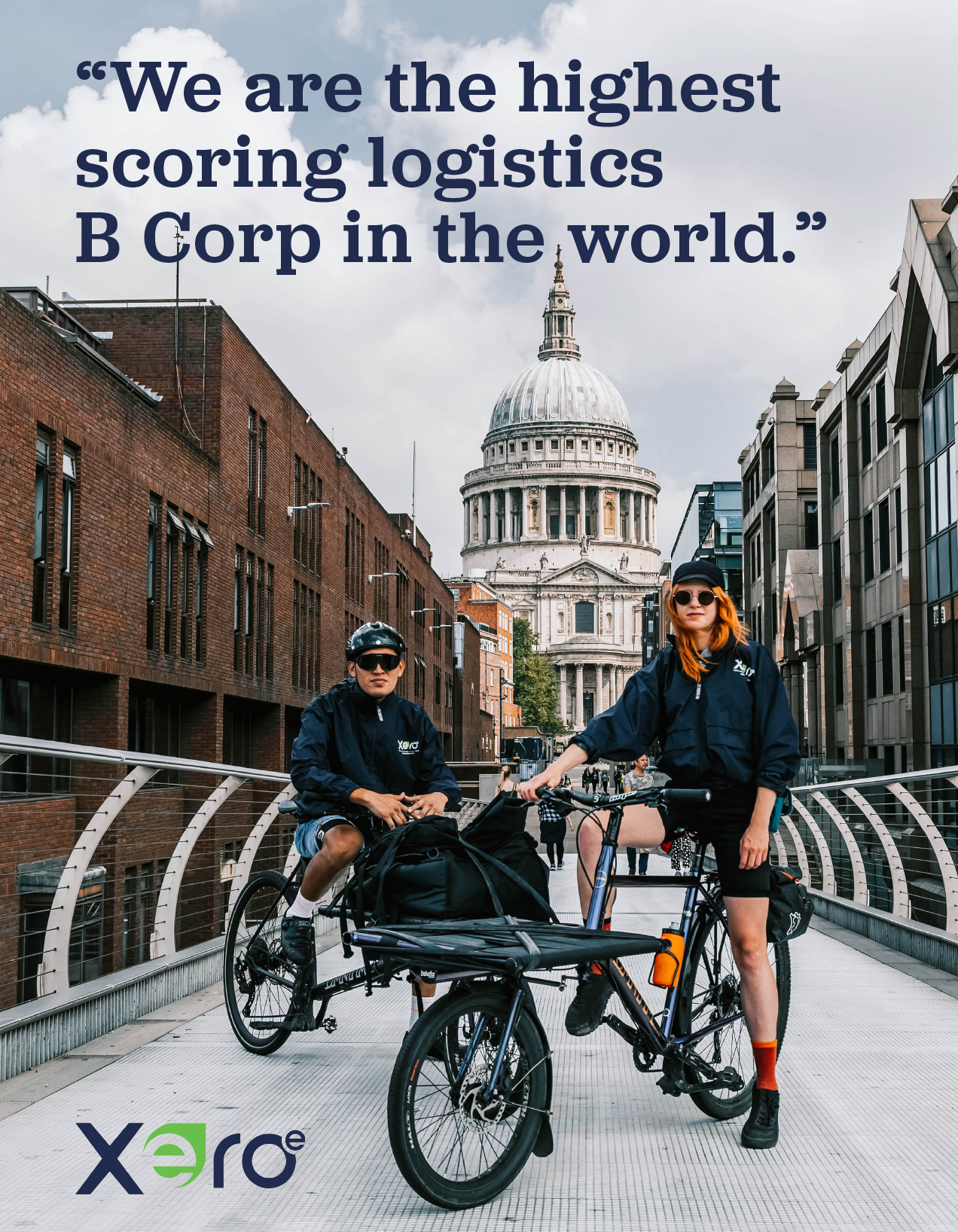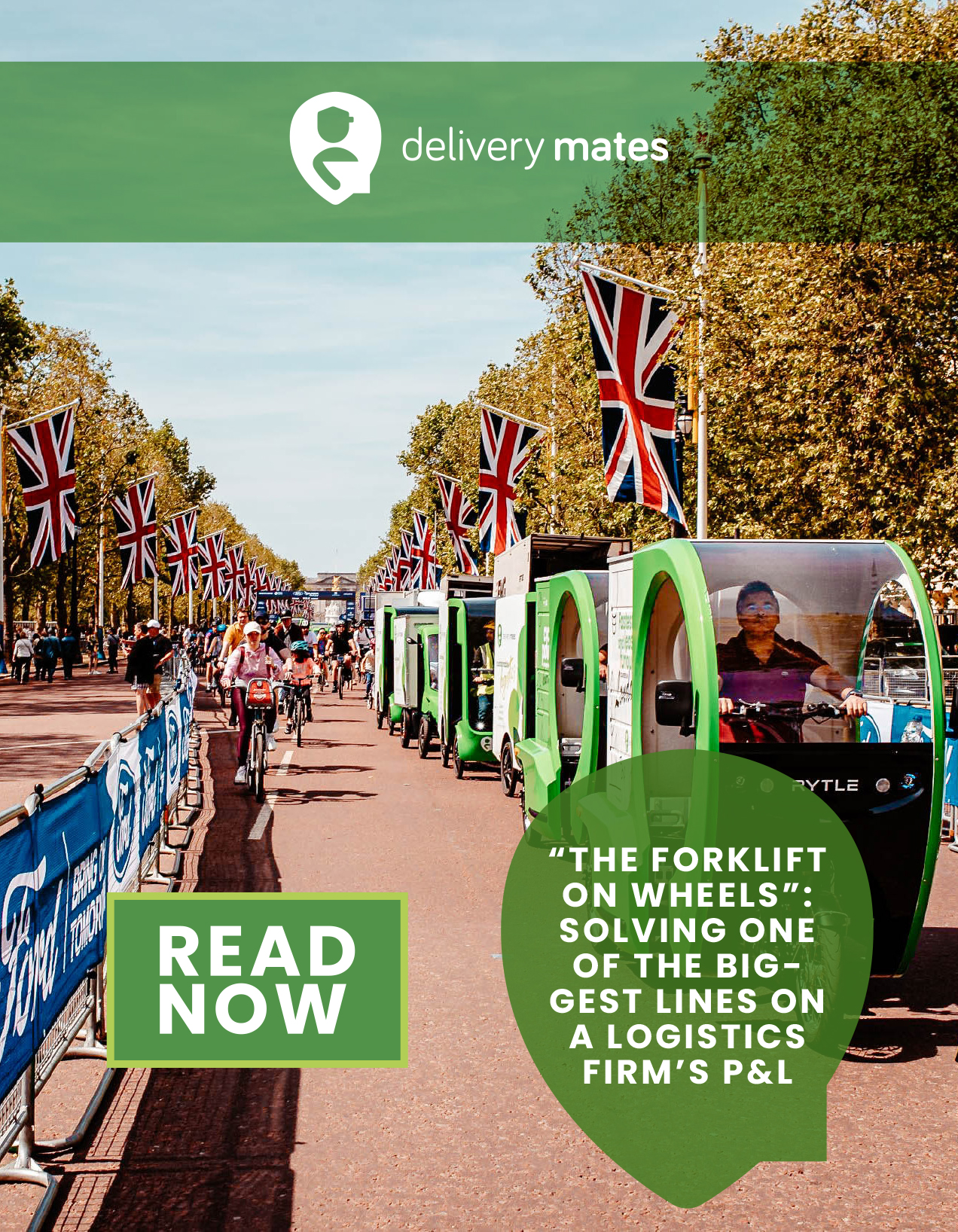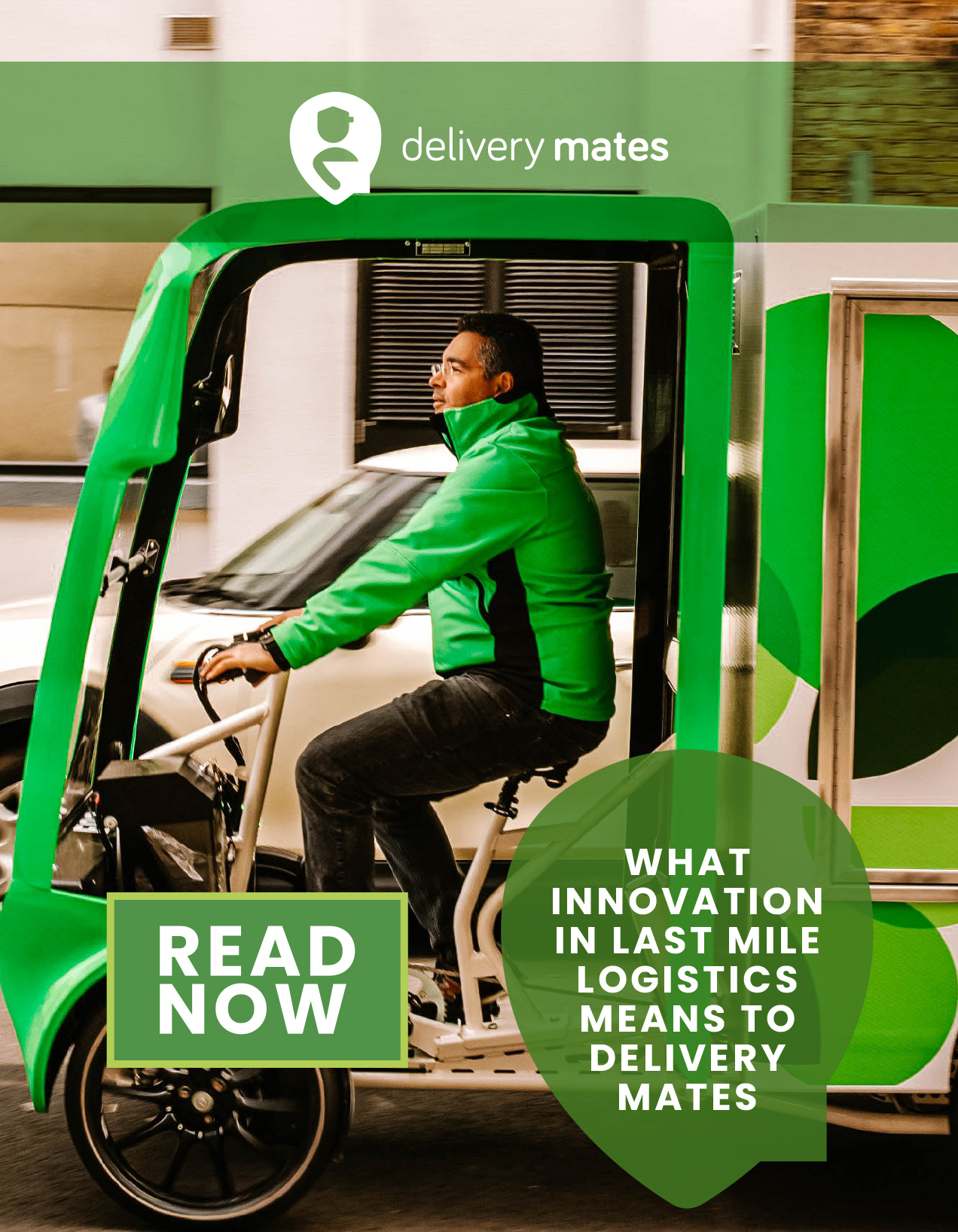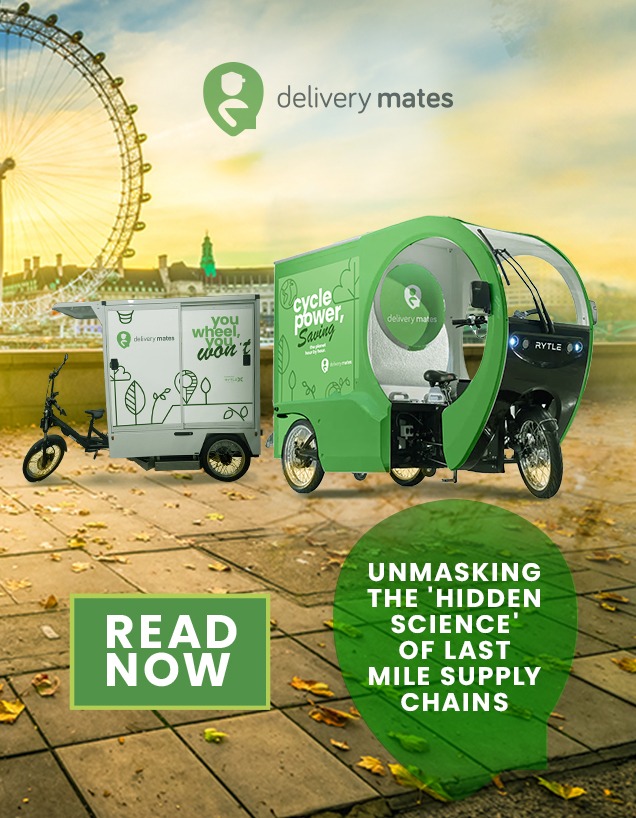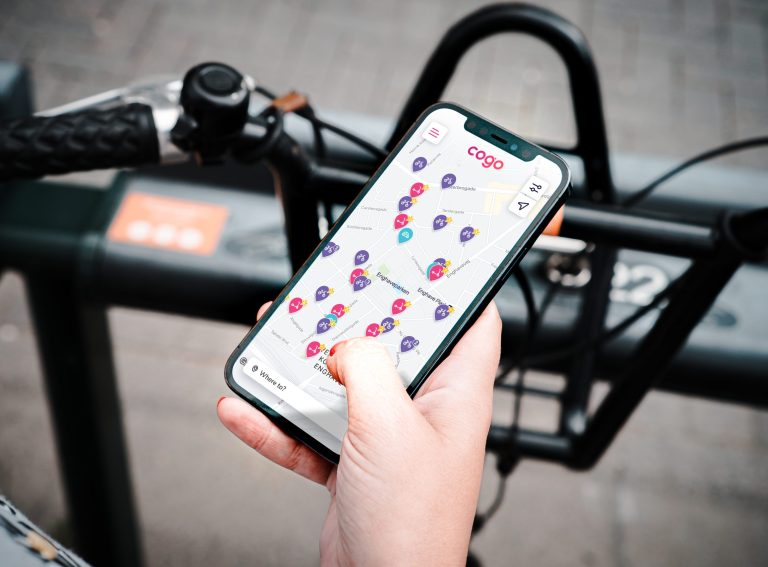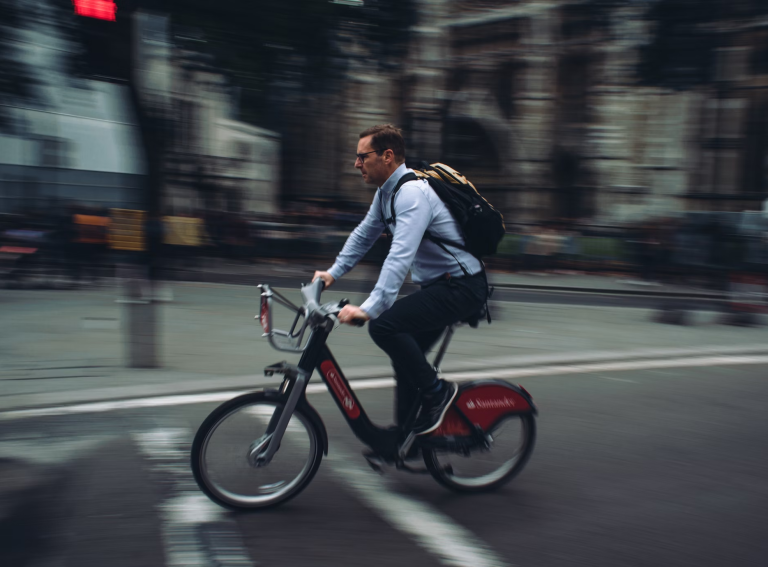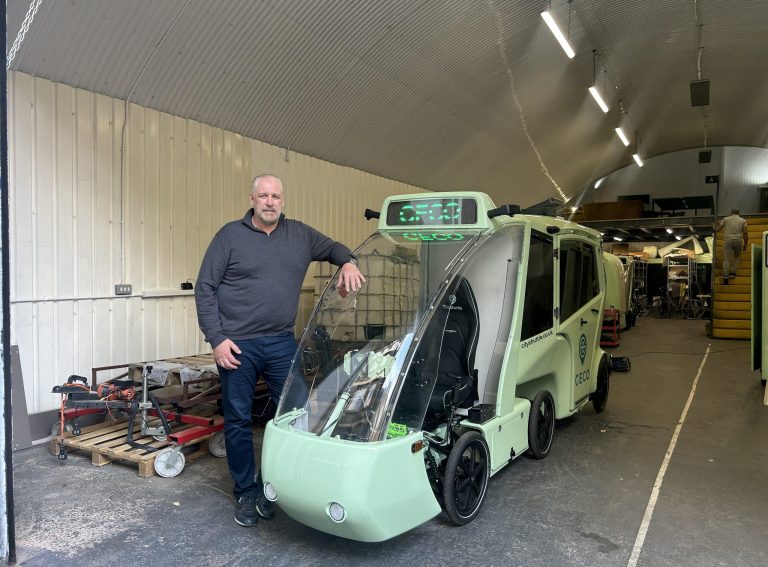Today, TfL put an end to weeks of speculation by confirming a shared electric scooter trial programme for London. But what does this mean for the city?
Here, we put to rest 10 ill-informed but common fears about shared e-scooters.
1: Shared electric scooters will not be allowed to ride on pavements.
Yes, that’s the same as cars and yes, it’s the job of the police to prevent both. However, e-scooter fleet operators provide lots of assistance, including dedicated helplines that members of the public can call to report bad parking, unique identifier numbers on all scooters, and tons and tons of rider education.
2: All shared electric scooters are insured.
Fleet operators provide motoring-style insurance, as mandated by DfT. So in the unlikely event of a collision involving an e-scooter, it’s covered.
3: It’s entirely legal.
The law was changed on 4 July 2020 specifically to enable riders to use shared e-scooters on public roads in specified trial areas. Private scooter use remains illegal (just like speeding in a car).
4: All riders must hold a driving licence (provisional counts).
The scheme is therefore not open to children. Any misdemeanours while on a scooter may result in penalties, such as points on a rider’s licence.
5: Shared scooters are limited to a top speed of 15.5mph.
Many local authorities often specify lower limits. In “slow zones”, which are set by councils and automatically enforced by GPS systems called “geofencing”, speeds are even lower; TfL has mentioned 8mph. In contrast, e-bikes can also do 15.5mph, don’t have slow zone areas to abide by and can be pedalled beyond the speed limiter, unlike e-scooters. Conventional bicycles can go much faster, of course. None of these machines are capable of 100mph, unlike most cars on the road today.
6: Tampering is not a problem.
It simply isn’t. Fleet operators check their vehicles daily in most cases. Their scooters are their livelihoods and they keep a close eye on how they’re being treated. And these machines are purpose-built for public use, without exposed wires or mechanisms. No one will be “hacking” shared scooters to go faster.
7: There will be no monopoly.
London will have three operators, which is good news for pricing: competition will keep rates low and keep the programme affordable for all residents.
8: Street clutter is yesterday’s problem.
Don’t believe us? Read this report: by introducing some simple rules and a bit of paint, Paris this year increased parking compliance to 97%.
9: This is nothing new.
It’s scary, all this new stuff, isn’t it? Except shared micromobility is not new, and neither are shared e-scooters. The concept has been around for four years and there’s been a huge amount of international learning in that period.
10: Micromobility is not the problem.
The problem is that Londoners are addicted to using private cars for short journeys, polluting the air in the process and killing and maiming children, pedestrians, cyclists and, yes, scooter riders. People complaining about the supposed dangers of e-scooters are victims of Stockholm Syndrome and should wake up and smell the exhaust fumes.
Which, by the way, e-scooters do not produce.

